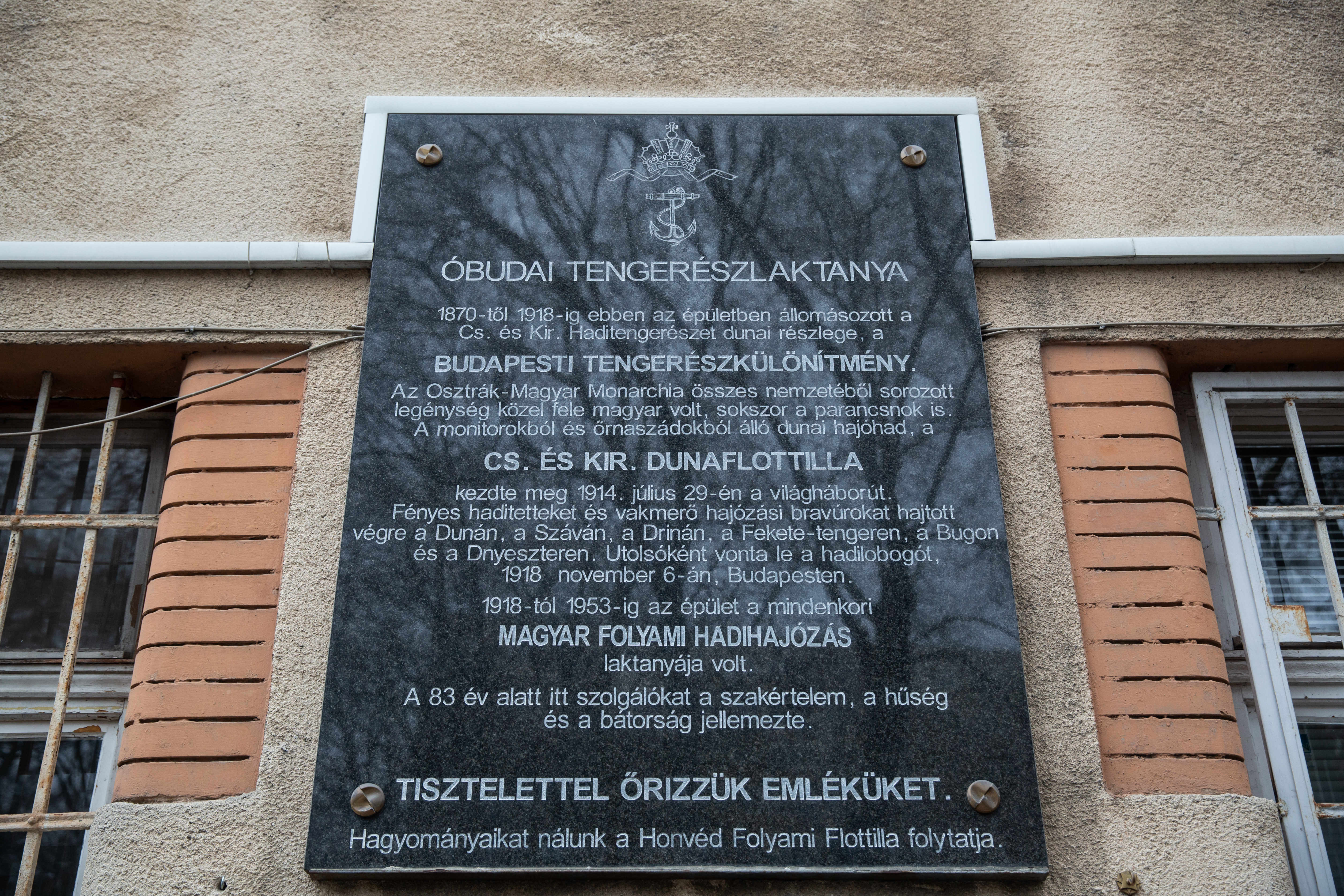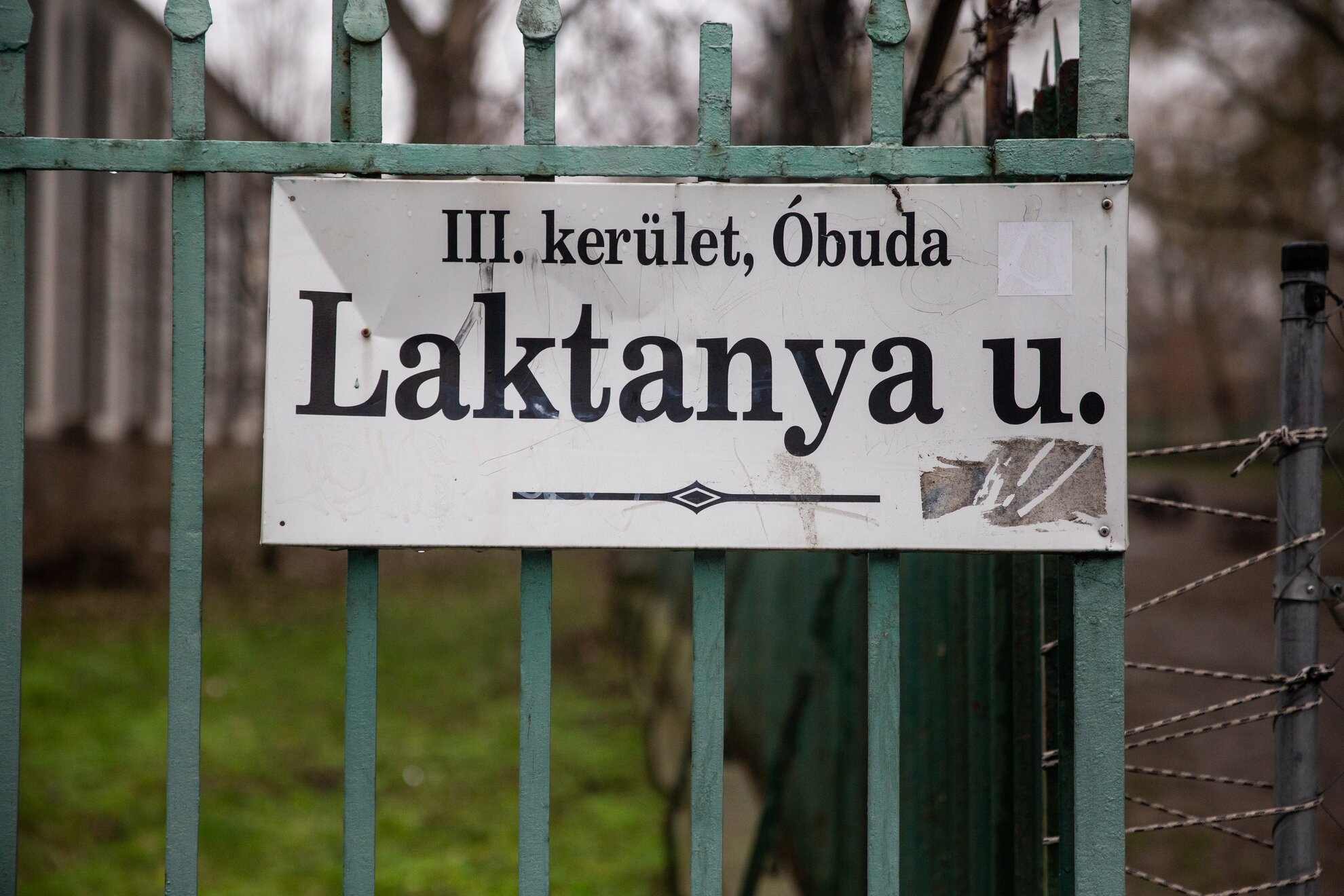
Let’s
start by clarifying the issue of the three seas, an oft-repeated myth. The story goes that during the reign of Lajos I
(1326-1382), the lands of Poland and Croatia recognised the supremacy of Lajos’
rule, theoretically extending Hungary’s borders to lapping shores north and south. However, neither Poland nor Croatia actually became part of the
Hungarian State – they retained their independence and autonomy.
It may be better to
point to the subsequent rule of Zsigmond who, in addition to being king of Hungary, was also Holy Roman Emperor, so his empire extended to three seas at least. Crowned in Székesfehérvár, Zsigmond was fluent in Hungarian.
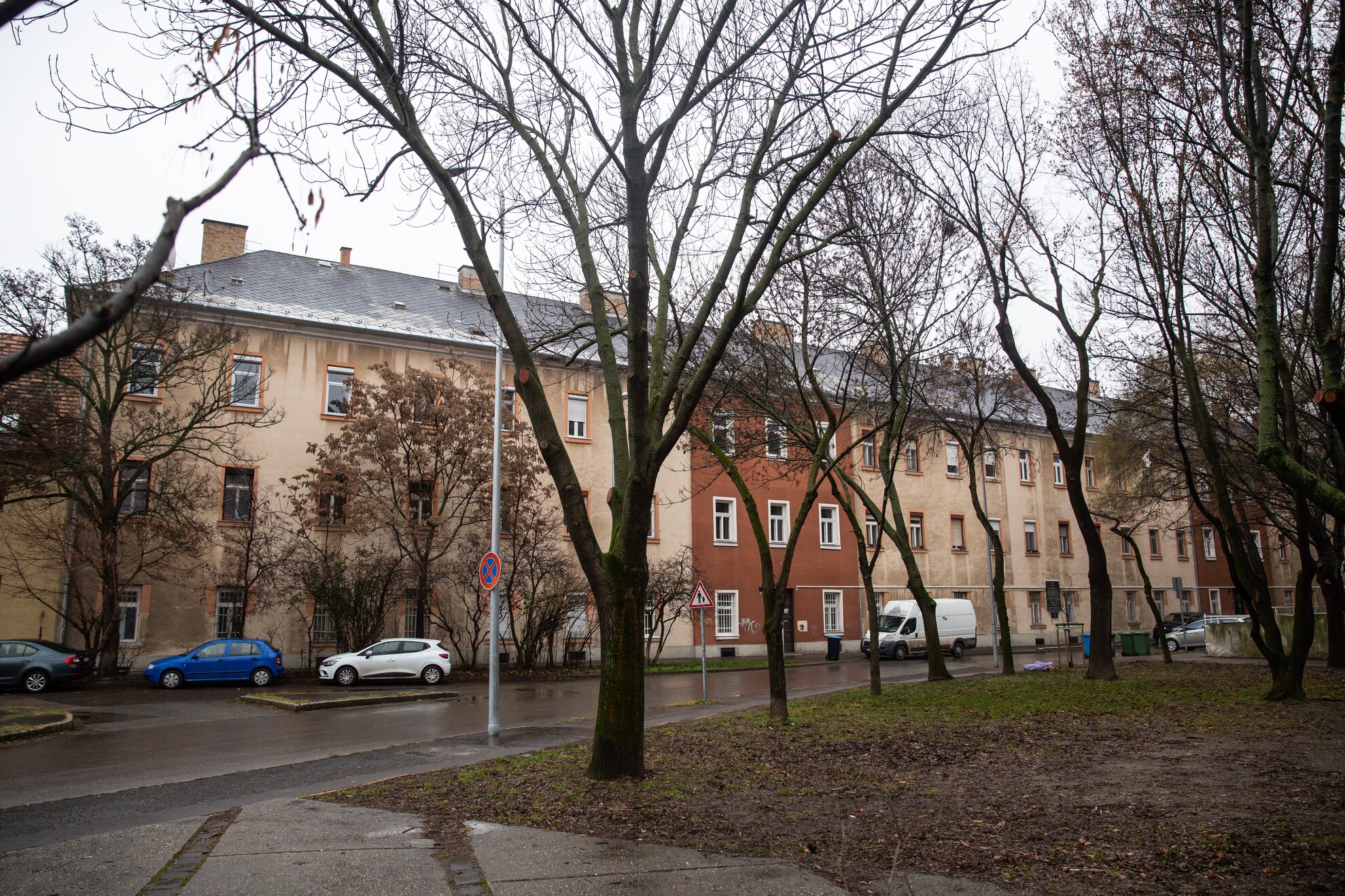
Today, you cycle along the Romai shore, leaving Óbuda behind, you come to a long, simple, pale yellow building on the right-hand side of Laktanya utca. It looks unassumingly residential – its modern-day function – but once this housed a much more significant tenant. A plaque on the wall tells the story: this was once the headquarters of the Austrian-Hungarian Imperial and Royal Danube Flotilla and, after that, the Royal Hungarian Army River Guard.
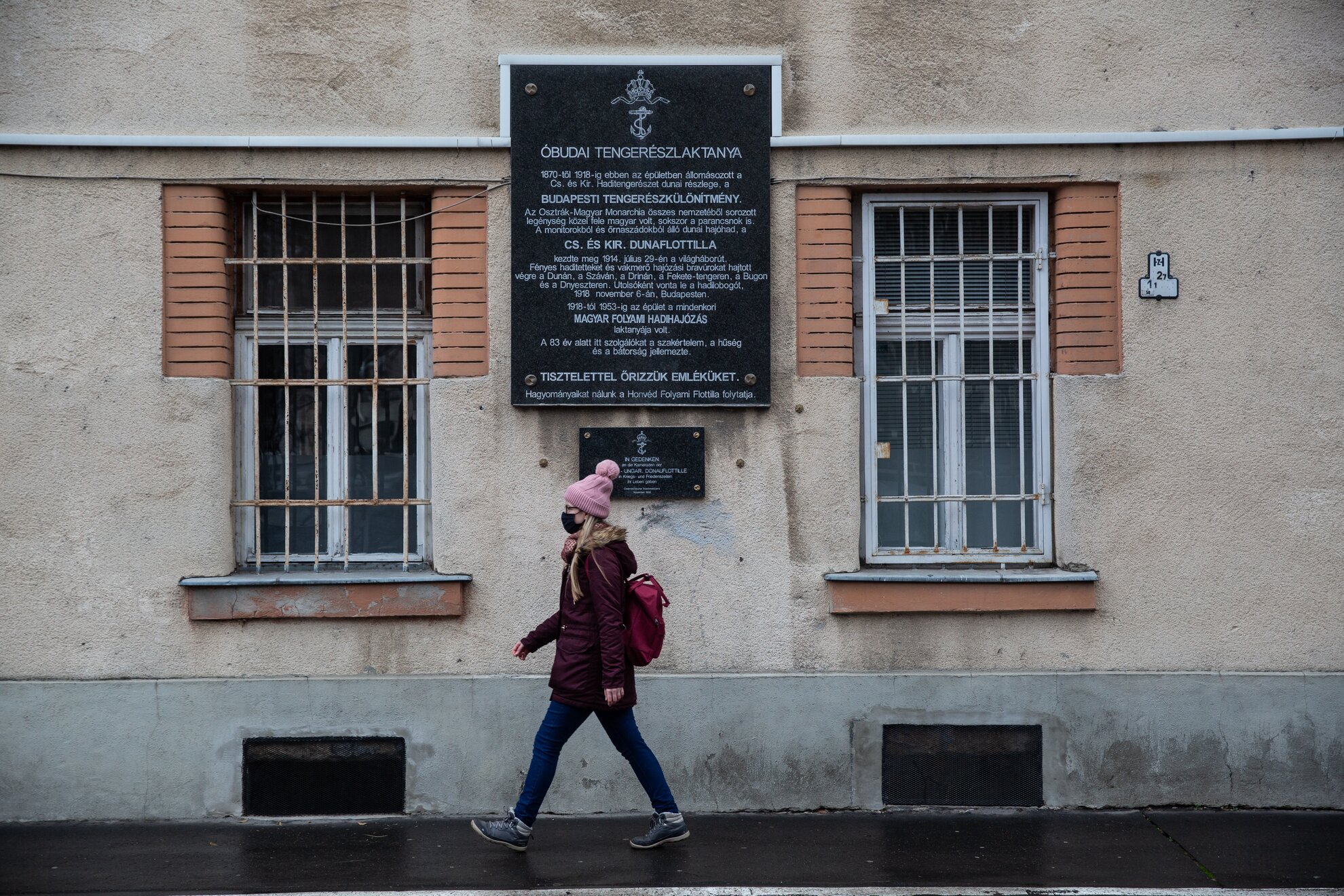
When plans for the barracks were first introduced, builders looked towards the plot of land located next to the first Jewish cemetery, on the northern border of Óbuda. This operated from 1720 until 1950, and the barracks were built in the neighbourhood in 1810. At the time, the flotilla did not exist, and the street received the name Kaszárnya ('Barracks'). In 1875 the name was modified to Laktanya, meaning the same thing, which is what we still see today.
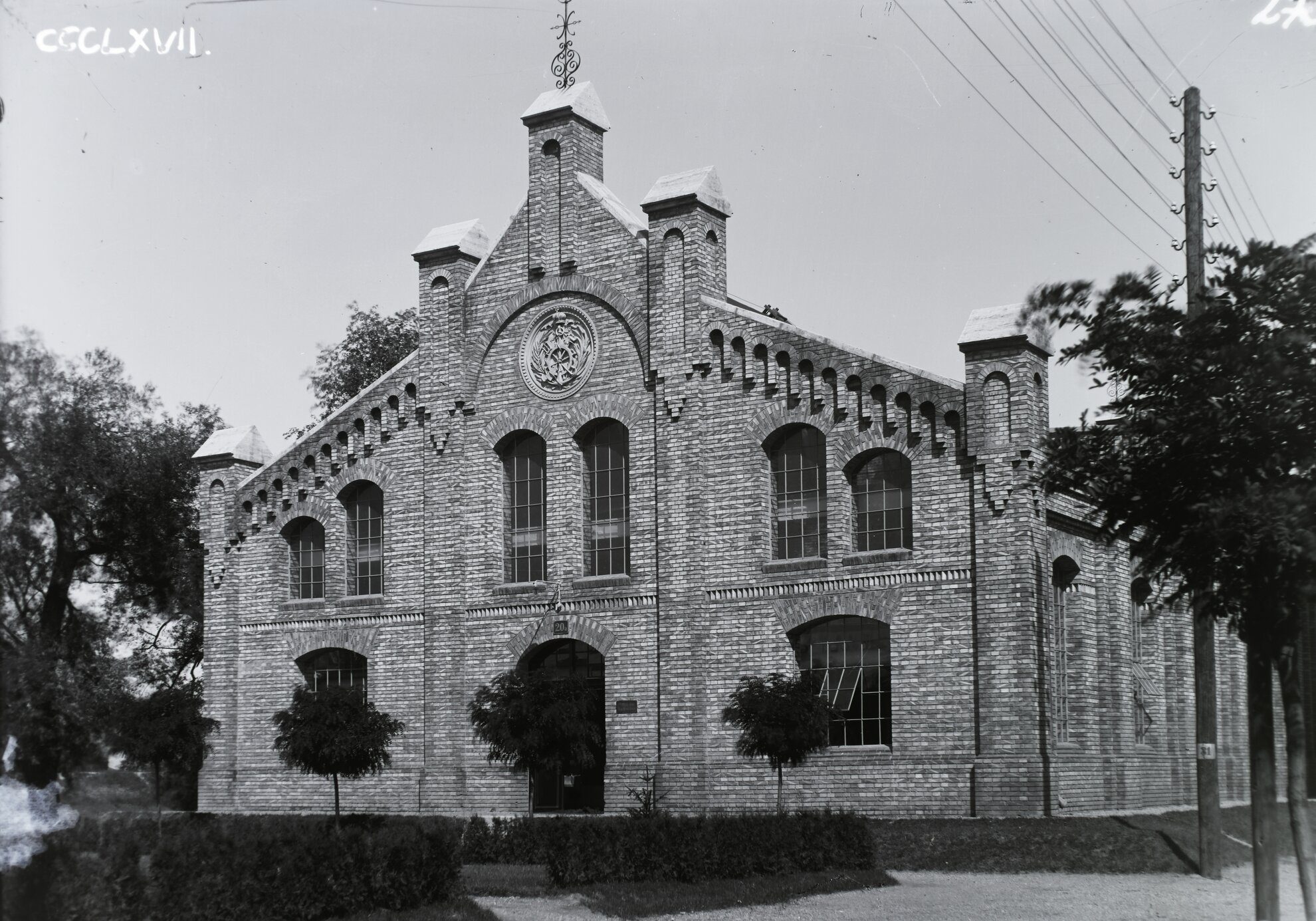
After the compromise between Austria and Hungary in 1867 which granted joint autonomy with Vienna, the Hungarians began to manufacture warships. Industry flourished and a fleet was produced at an ever-accelerating pace.
The
Imperial and Royal Danube Flotilla was officially created in 1867, and given
these barracks in 1870. The new Hungarian Navy settled in, and its first two
river warships, the Maros and the Lajta, were built, followed by more and better
designs. Development was so rapid that by 1910, Hungary had the strongest river
fleet in the world.
This was duly illustrated during World War I, when the Danube,
the Tisza and the Dráva were all kept under control. By 1918, the flotilla had
reached the mouth of the Danube and even the Black Sea.
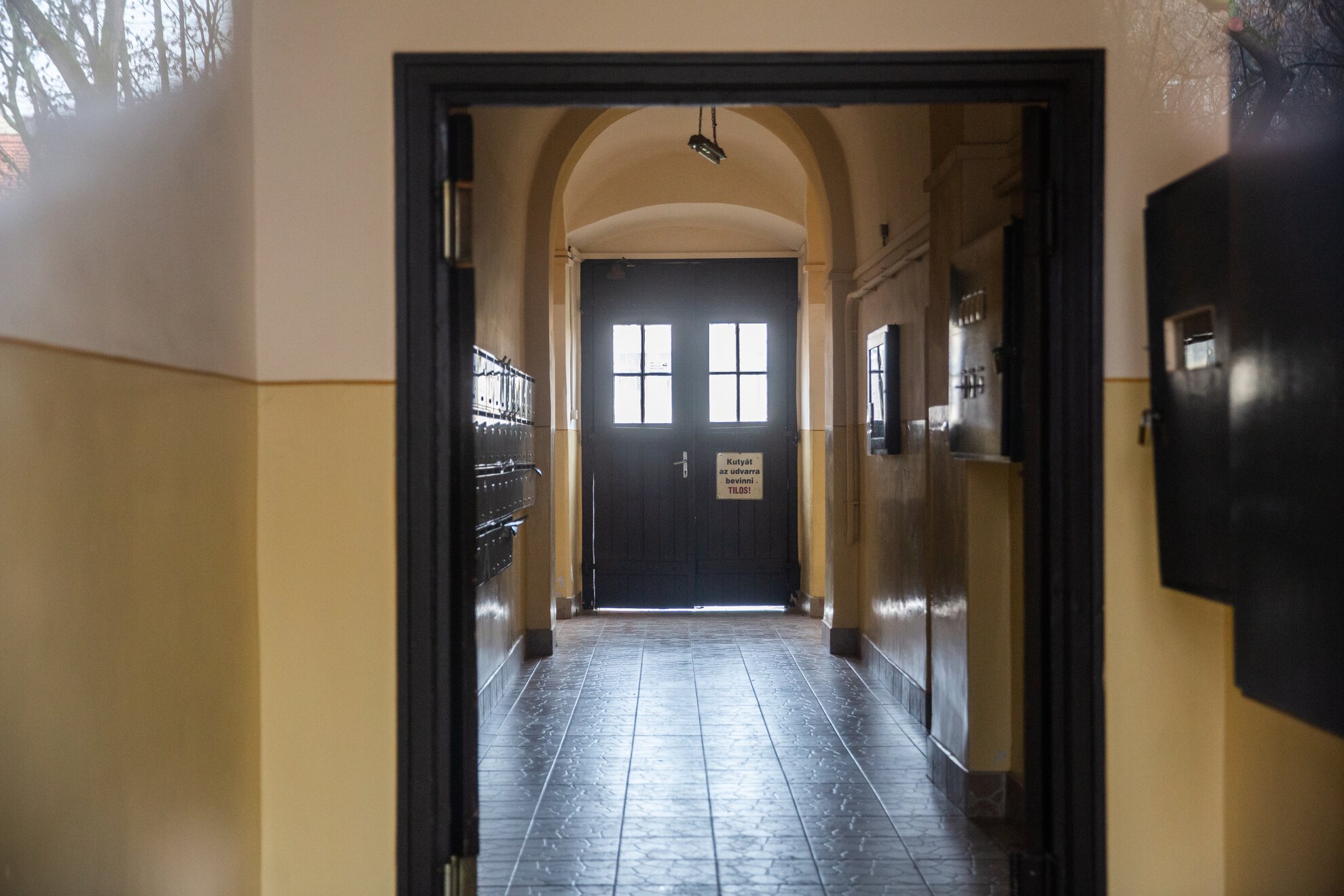
This superiority was not to last, and the military situation began to deteriorate rapidly, forcing the fleet to withdraw to the safety of the rivers again. When the war ended, and Hungary found itself on the losing side, the fleet was disbanded and dismantled.
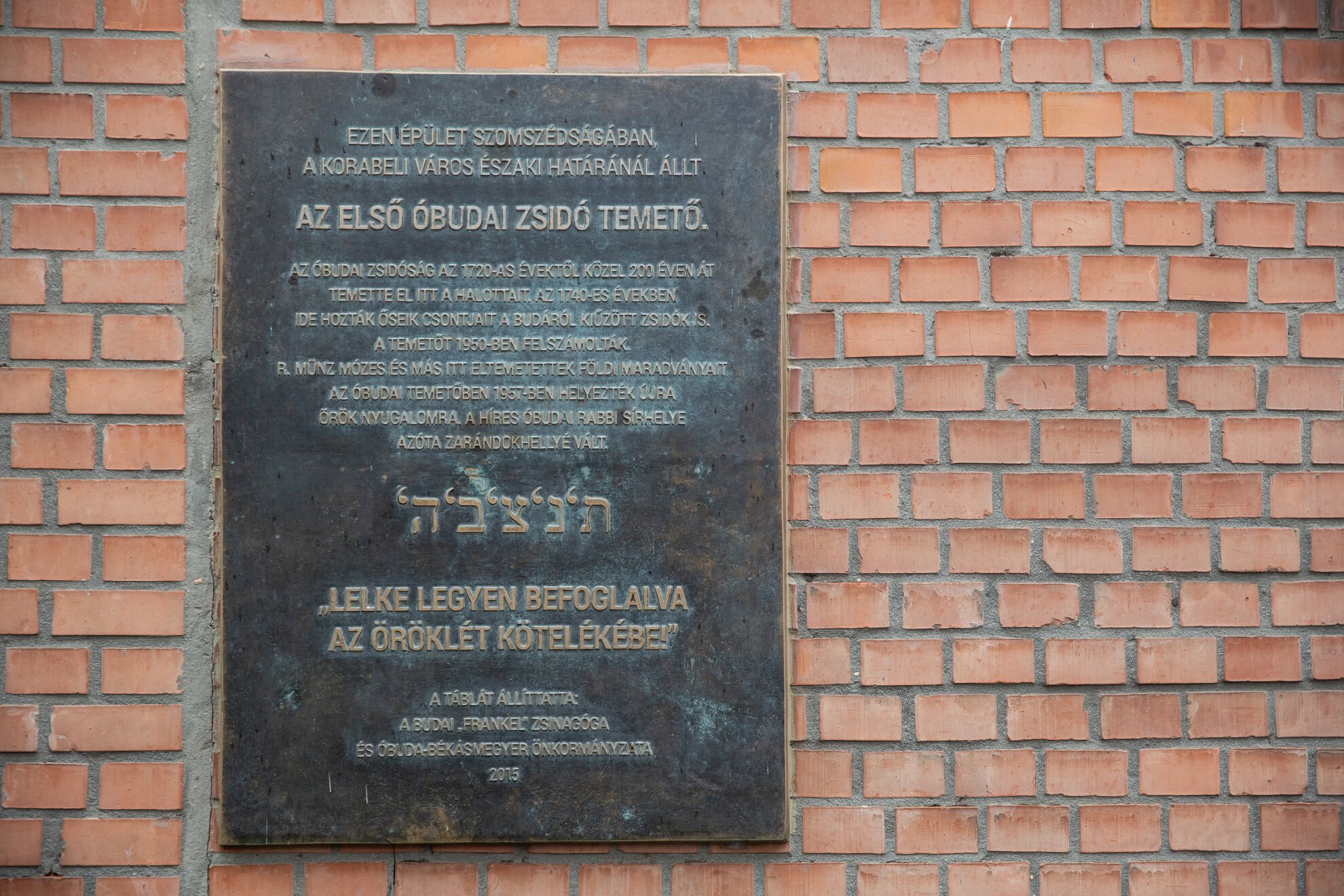
The barracks, however, remained in service. A new chapter began when Miklós Horthy came to power. Dressed in military uniform, Hungary's new ruler was also an admiral, aghast at the dismantling of the flotilla. Four ships were returned, and Horthy transformed these into river police boats, so that the Danube was patrolled once more.
Shortly afterwards, the Hungarian State regained two more of its lost ships, and in March 1921, a new organisation was formed with six surviving vessels: the Royal Hungarian River Guard. Like its predecessor, the burgeoning new navy saw robust growth into a striking river fleet. This combative force enjoyed significant success, and not only within the country’s borders.
Once again, though, Hungary was on the losing side, and so the end of World War II meant once again the end of the flotilla.
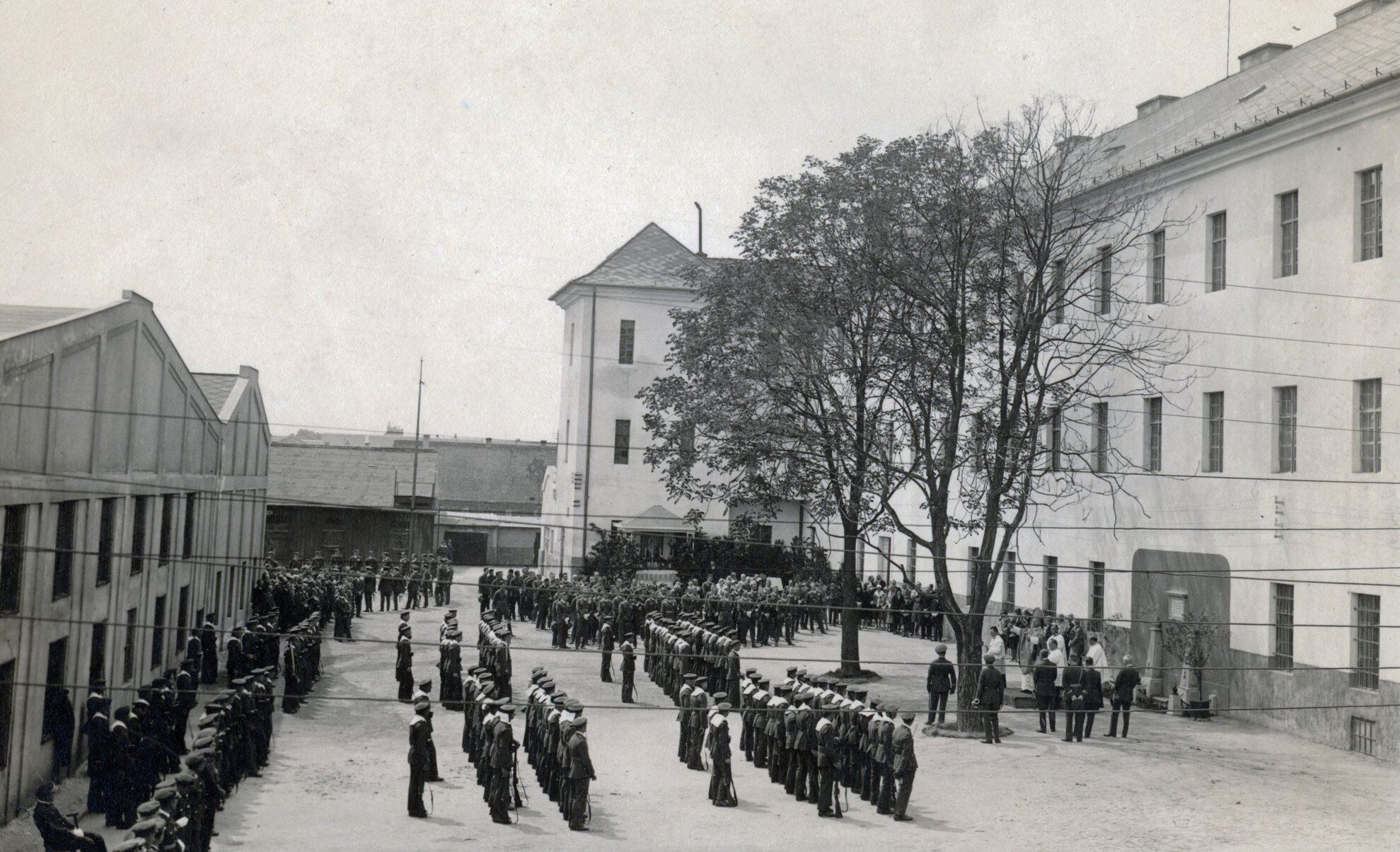
The
years following the war marked the passing of the glorious decades of the
Hungarian warship. And with it, the building which had long been home to its sailors also lost its significance. The flotilla HQ moved permanently to Újpest,
which is another story in and of itself.
Today, a plaque on Laktanya utca still preserves the memory of the celebrated Hungarian fleet,
despite the losing wars. The former barracks have functioned as a residential block since 1953, and continue to this day – except now the residents probably
aren’t thinking about their next opportunity to get out to sea.
